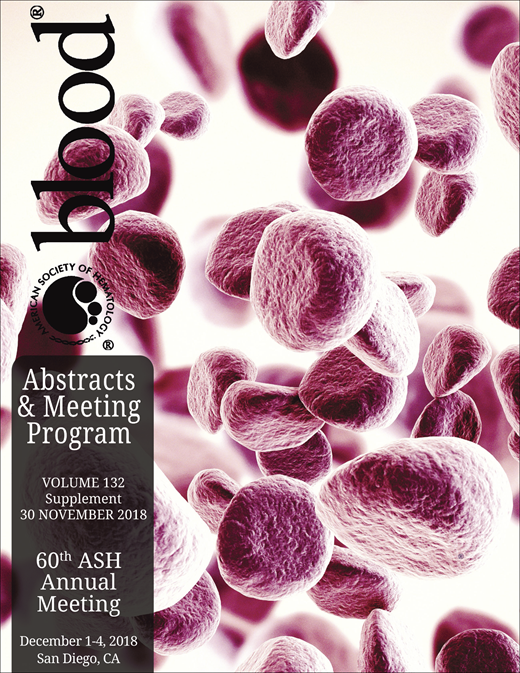Abstract
Background:
Bleeding in patients with sickle cell disease (SCD) occurs at a number of sites, often with significant morbidity and mortality. The increased risk of hemorrhagic stroke, hematuria, and vitreous hemorrhage in SCD patients is well known. However, the overall cumulative incidence of both major and clinically relevant, non-major bleeding events in SCD patients has not been well-described. Therefore, we determined the cumulative incidence of and risk factors for bleeding amongst patients with SCD. We also determined the association between bleeding and overall mortality.
Methods:
We utilized the California Patient Discharge Dataset (PDD) and Emergency Department (ED) Dataset to identify patients with SCD between 1991-2014. We then used specific ICD-9 CM codes to identify the first admission (PDD or ED) for bleeding events: intracranial hemorrhage (ICH), gastrointestinal (GI) bleeding, hemophthalmos, gross hematuria, and "other" bleeding (including hemopericardium, pulmonary bleed, and hemarthrosis). The cumulative incidence of bleeding was adjusted for the competing risk of death using age as the time scale and stratified by disease severity (severe disease was defined as requiring an average of ≥ 3 hospitalizations or ED visits per year). Cox proportional hazards regression models were used to determine factors associated with bleeding (all, ICH and GI) and the association of bleeding with mortality. Models included age, race, SCD related complications (ischemic stroke, venous thromboembolism [VTE], osteonecrosis of the femoral head [ONFH], renal failure, and liver failure) and disease severity. Complications and bleeding were included as time-dependent covariates.
Results:
Of the 6,423 SCD patients identified, 15.9% had an index bleeding event. Of these, 65.6% were GI bleeding, 14.2% were ICH, 7.1% were hemophthalmos, 4.3% were gross hematuria, and 8.8% were other types of bleeding. The top six diagnoses of GI bleeding were GI hemorrhage not otherwise specified, melena, hematemesis, rectal and anal hemorrhage, chronic gastric ulcer with hemorrhage, and Mallory-Weiss syndrome. Figure 1 shows the cumulative incidence of bleeding overall and by bleeding type. The incidence of all bleeding was 15.5% (95% confidence interval (CI) 14.4 - 16.6) at age 40 years and 33.6% (CI 31.5 - 35.8%) at age 60. The incidence of bleeding was higher among SCD patients with severe disease. For example, the cumulative incidence of GI bleeding at age 40 was 15.8% (CI 14.2-17.4%) among severe SCD patients compared to 4.8% (CI 3.9-5.8%) for those with less severe disease. In multivariable models, a higher risk of all bleeding was associated with severe SCD, VTE within 180 days prior to bleeding event, ONFH, ischemic stroke, renal failure and liver failure (Table 1). In multivariable models by bleeding type, there was a strong association between VTE and ischemic stroke with risk of ICH. In addition, ONFH was positively associated with risk of GI bleed. Bleeding was associated with a two-fold increased risk of death (hazard ratio =2.28; CI 1.97-2.64), adjusted for other SCD related complications. Bleeding had a similar negative effect on mortality as other complications.
Conclusion:
The findings from our study indicate that SCD patients have a high cumulative incidence of bleeding. While the increased incidence of intracranial, urological, and retinal bleeding has been previously described and are confirmed here, we present the novel finding that SCD patients also have a high incidence of GI bleeding, the majority of which are from an upper GI source. The association of hemorrhagic stroke with a history of ischemic stroke is also confirmed. The association of bleeding with VTE is likely due, at least in part, to anticoagulation. Further studies on the causes and risk factors for GI bleeding in patients with SCD are warranted, and possibilities include gastritis from increased use of non-steroidal anti-inflammatory drugs (hence the association of ONFH with GI bleeding) and stress ulcerations from frequent hospitalizations. Such data could inform preventive strategies.
No relevant conflicts of interest to declare.
Author notes
Asterisk with author names denotes non-ASH members.


